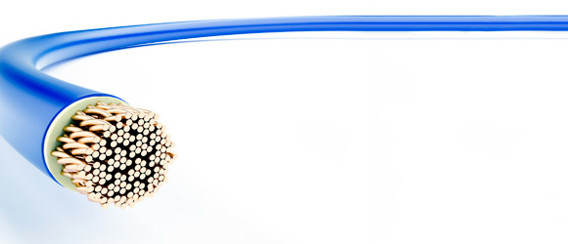Bonded DSL Testing: Doing It Right
If you are not yet familiar with bonding (ITU-T G.998.x standards), this is simply using two pairs of copper wire rather than a single pair in order to offer service providers the ability to increase data rates to existing subscribers or to reach longer distances to attract new subscribers. Explaining the whole concept requires much details, but let me just summarize a bit my take on testing the right way in a bonded DSL (digital subscriber line) environment.
By using the bonding approach, service providers can increase bandwidth and deliver on their promised services (i.e., HD IPTV), therefore increasing revenues with minimal investment, hence keeping costs low.
Traditionally, DSL technicians have been using test sets that connect up to a single copper pair to get a clear pass/fail indication of DSL performance. Once the physical layer has been validated, higher-layer testing, such as IPTV performance verification, can take place over this single copper pair. In a bonded environment, traditional single-pair DSL and IPTV performance verification comes with multiple inherent flaws.
In short, utilizing a single-pair test set in a bonded environment will result in:
- False positive data-rate performance of pairs.
- Testing pairs not belonging to the same group, leading the technician toward erroneous diagnostics.
- DSLAM dropping connection after a short period, resulting in a time-consuming maintenance load to be loaded/removed from the circuit.
- Inability to properly determine the throughput speeds and quality of services.
- Possible incorrect manual calculation of actual and attainable bonded group rate.
With ADSL2+ and VDSL2 bonding now available, service providers can turn to a bonded DSL test solution to properly validate the physical attributes and services running over this bonded circuit. A bonded DSL test solution can help overcome potential problems:
- Testing a bonded circuit one pair at a time may yield results; testing with a bonded solution indicates whether the pairs under test are connected to the same pair group or not.
- The bonding standards allow the bonding of pairs whose rates differ by a ratio of 4:1 (maximum deviation). A bonded test solution simplifies the understanding of the group as well as its allocation of data rate on each pair without requiring a calculator.
- Conducting bonded DSL testing allows seeing crosstalk that is generated when pairs to the subscriber, designated for bonding and close to each other, are turned up.
- When the DSLAM is set to bonding and designates two pairs as a group, the training sequence requires the necessary bonded messaging to occur, which can only be done with a bonded DSL test solution.
Therefore, testing the right way in a bonded DSL environment is the only way to ensure proper delivery of service to the end subscriber. If you would like to know more, you can read the full article, Bonding with Bonding, in OSP magazine.




